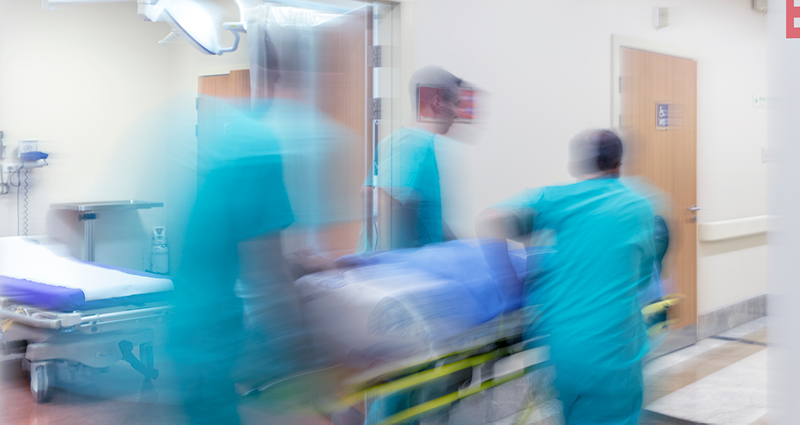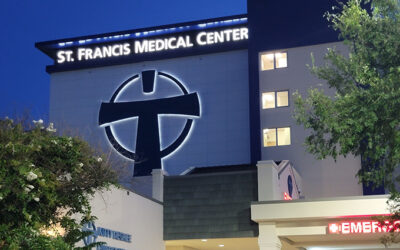Every 3 minutes and 14 seconds an adult in the U.S. dies from stroke, which is about 900,000 lives lost each year. If you or someone you know experience stroke-like symptoms, call 911 immediately. Seconds count. Rapid treatment can limit the impact and reduce recovery time.
Saad Karim, MD, vascular neurologist with Our Lady of Lourdes Stroke Center in Lafayette, Louisiana, helps to debunk some common myths about stroke – its impact, treatment, recovery and prevention.
Myth: Strokes only affect the elderly.
While the risk of stroke increases with age, strokes are no longer confined to older adults. A growing number of younger individuals are experiencing strokes due to lifestyle factors, genetic predispositions and other conditions.
Myth: Stroke symptoms are hard to recognize.
Recognizing stroke symptoms is straightforward with tools like the acronym BE FAST. Prompt recognition and action are critical.
- Balance – Does the person have a sudden loss of balance or coordination?
- Eyes – Is the person seeing double or having vision issues?
- Face – Ask the person to smile. Does one side of the face droop?
- Arms – Ask the person to raise both arms. Is one arm uneven or can’t be held up for long?
- Speech – Ask the person to repeat a simple sentence. Does the speech sound odd or slurred?
- Time – Don’t waste a second. Call 911 immediately.
Myth: If symptoms go away, there’s no need for treatment.
Temporary stroke symptoms could indicate a transient ischemic attack (TIA), which is a warning sign of a major stroke. Immediate medical evaluation and intervention are essential to prevent further complications.
Myth: Strokes are painful.
Most strokes are painless. While hemorrhagic strokes may cause severe headaches, ischemic strokes — the most common type — typically do not involve pain.
Myth: There’s no life after a stroke.
With timely treatment and rehabilitation, many stroke survivors recover significantly and lead fulfilling lives. Advances in therapy, such as neurostimulation and robotic rehabilitation, continue to improve outcomes.




